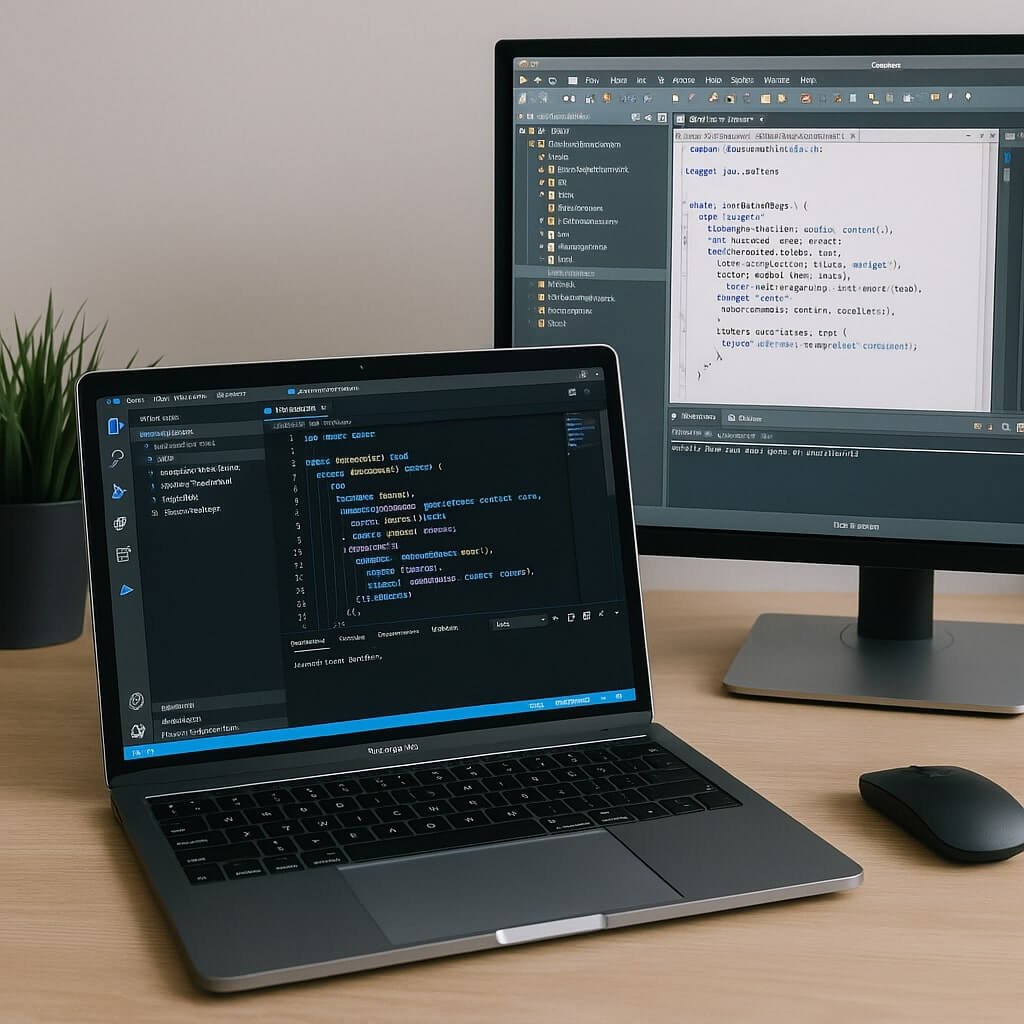In today’s fast-paced digital economy, businesses need agile, scalable, and resilient solutions to stay competitive. Cloud-native SaaS design emerges as the gold standard for companies aiming to accelerate development cycles, ensure high availability, and enhance customer experience. This article dives into what cloud-native SaaS architecture is, why it matters, and how it drives results across performance, scalability, and business agility.
What Is Cloud-Native SaaS Design?
Cloud-native SaaS design refers to building and deploying Software-as-a-Service applications using cloud-native principles, such as:
- Microservices architecture
- Containerization (e.g., Docker, Kubernetes)
- CI/CD pipelines
- DevOps culture
- Infrastructure as Code (IaC)
These applications are specifically engineered to run in dynamic, scalable environments like AWS, Google Cloud Platform, or Azure. The result? Faster iteration, better resilience, and lower costs.
Why Cloud-Native Architecture Is Essential for SaaS
1. Elastic Scalability
Cloud-native SaaS apps can scale horizontally on demand. Whether it’s ten users or ten million, your platform adjusts automatically without performance degradation.
2. Resilience and Availability
With a decentralised architecture, failure in one service doesn’t bring down the entire app. This ensures uptime SLAs are met and improves customer satisfaction.
3. Faster Time to Market
CI/CD and microservices enable rapid development and deployment, allowing teams to release features in days, not months.
4. Cost Optimisation
Cloud-native design eliminates the need for over-provisioning infrastructure. Pay-as-you-go models and resource optimisation lead to significant cost savings.
Core Principles of Effective Cloud-Native SaaS Design
A. Microservices-Driven Architecture
Breaking down monoliths into independently deployable services enhances flexibility, fault tolerance, and parallel development.
B. Containerization & Orchestration
Using containers ensures consistency across environments. Kubernetes provides automated scaling, failover, and deployment rollouts.
C. Observability & Monitoring
Tools like Prometheus, Grafana, and ELK Stack offer deep insights into app behaviour, performance bottlenecks, and real-time troubleshooting.
D. Security by Design
Implementing zero-trust models, encrypted communications, and role-based access control (RBAC) is critical in SaaS environments.
E. Multi-Tenancy
Efficient handling of multiple customers (tenants) in a single instance ensures data isolation, optimised performance, and cost efficiency.
Metrics That Define Success in Cloud-Native SaaS
To drive measurable results, monitor the following KPIs:
- MTTR (Mean Time to Recovery)
- Latency and Uptime
- Customer Churn Rate
- Deployment Frequency
- Infrastructure Cost per Tenant
Real-World Use Cases
- Slack uses a microservices-based cloud-native architecture to handle millions of messages per second globally.
- Netflix leverages containerised microservices to deploy thousands of code changes per day across regions.
Cloud-Native SaaS Implementation Checklist
| Step | Task | Tools/Technologies |
|---|---|---|
| 1 | Assess monolith components | AWS Well-Architected Tool, Azure Migrate |
| 2 | Design microservices | Domain-Driven Design (DDD) |
| 3 | Containerize workloads | Docker, Podman |
| 4 | Set up orchestration | Kubernetes, Helm |
| 5 | Implement CI/CD | Jenkins, GitHub Actions |
| 6 | Set up monitoring | Prometheus, Datadog |
| 7 | Optimize cost | AWS Cost Explorer, GCP Pricing Calculator |
FAQs (Version 2.0)
What is the difference between cloud-native and traditional SaaS?
Traditional SaaS apps may still rely on monolithic design and on-premise infrastructure, limiting scalability and flexibility. In contrast, cloud-native SaaS leverages containerised microservices, automation, and continuous delivery to enable real-time scaling and faster innovation.
Can I migrate an existing SaaS to a cloud-native design?
Yes, through a gradual approach called strangling the monolith—extracting and migrating components one at a time to microservices. Tools like AWS Migration Hub and Kubernetes make the transition smoother.
What are common challenges in cloud-native SaaS design?
Challenges include managing service complexity, ensuring inter-service communication, securing APIs, and achieving cost visibility across distributed systems.
Which cloud platform is best for cloud-native SaaS apps?
There’s no one-size-fits-all answer. AWS, Google Cloud, and Microsoft Azure all offer robust toolchains for cloud-native design. Your choice depends on integration needs, team expertise, and pricing models.
How does cloud-native architecture improve DevOps practices?
It enables seamless collaboration between development and operations through CI/CD, version control, infrastructure as code (IaC), and real-time monitoring, leading to faster releases and fewer incidents.
Final Thoughts
Cloud-native SaaS design isn’t just a trend’s the future. From accelerated deployments to cost-effective scaling, businesses that adopt this model unlock unparalleled agility and performance. By investing in a robust cloud-native architecture, you empower your product to meet customer demands and adapt to change faster than ever before.






